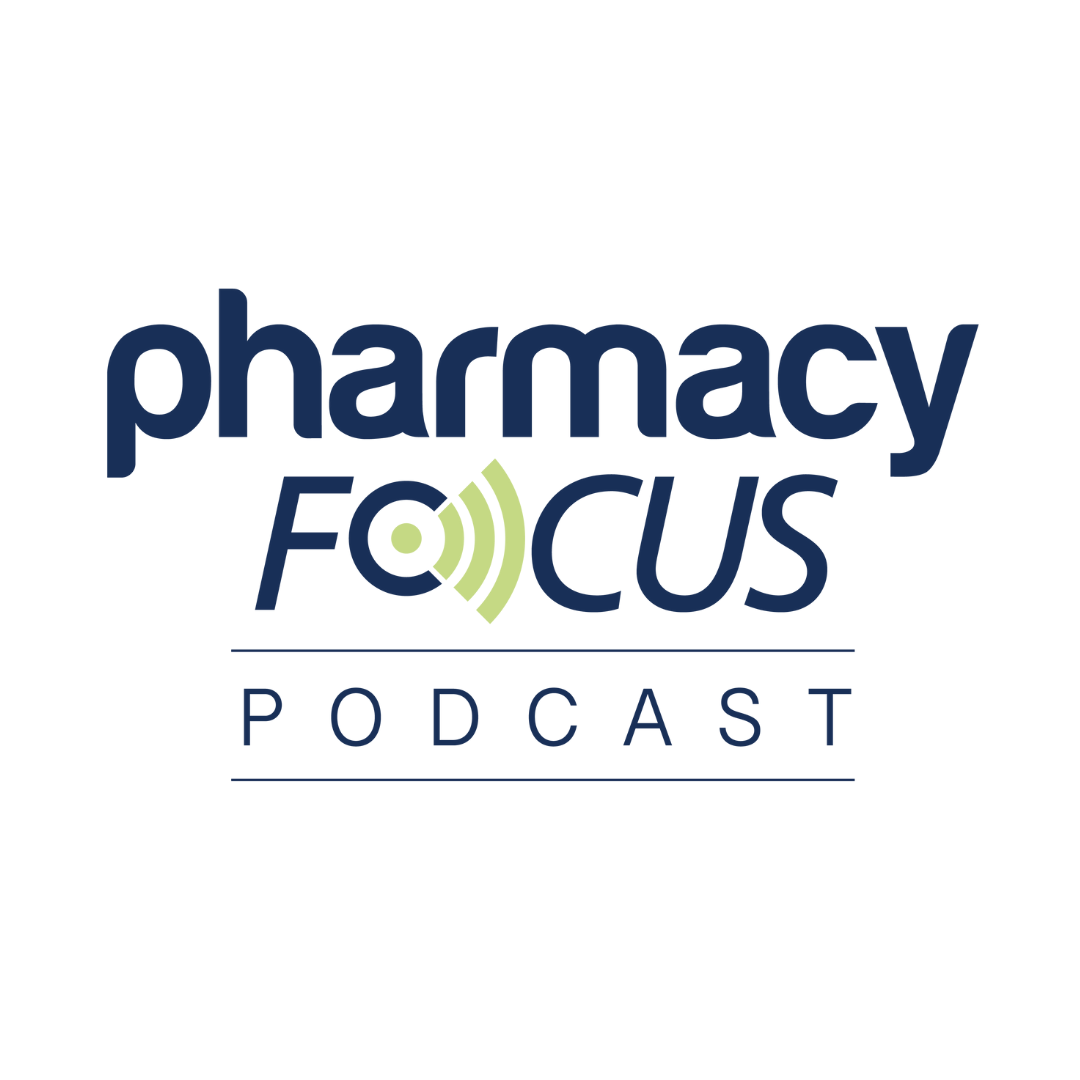Video
How Would Integrating Pharmacy and Medical Benefits Lead to Better Analyses of a Drug's Value?
Author(s):
Jon Gavras, MD, chief medical officer at Prime Therapeutics, explores how combining medical and pharmacy benefits could result in a better understanding of a certain drug's value.
Gavras: Many specialty medications are administered from both the medical benefit and the pharmacy benefit. For instance, an autoimmune disorder is almost split 50/50. Since these patients are so complex, that are on a specialty medication, you really want to understand all the complex conditions that those members have and look at them much more holistically. Therefore, you really need to look at both the medical and pharmacy benefit and how that benefit is applied. At Prime Therapeutics, we are in a very unique situation in that with our clients we have a very integrative model where we have not just their pharmacy data but all their medical claims data; so we can take a much more holistic view of that member. And we’ve demonstrated over time that as we help manage that medical benefit for that patient that we actually, last year alone, saved over $45 million for our health plans.
Newsletter
Stay informed on drug updates, treatment guidelines, and pharmacy practice trends—subscribe to Pharmacy Times for weekly clinical insights.





